-
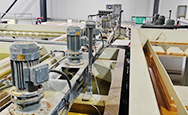
How to Measure the Conductivity of Water?
Conductivity is a measure of the concentration or total ionization of ionized species such as sodium, potassium, and chloride ions in a body of water. Measuring the conductivity of water requires a professional water quality measuring instrument, which will pass electricity between the substances...Read more -

pH Meter Laboratory: An Essential Tool for Accurate Chemical Analysis
As a laboratory scientist, one of the most essential tools you will need is a pH meter. This device is critical in ensuring that you get accurate chemical analysis results. In this article, we will discuss what a pH meter is, how it works, and its importance in laboratory analysis. What is a pH M...Read more -
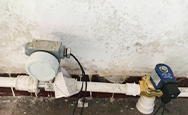
Electromagnetic flow Meter Quantitative Control System Debugging
Our engineers came to Dongguan, the city of the “world factory”, and still acted as a service provider. The unit this time is Langyun Naish Metal Technology (China) Co., Ltd., which is a company that mainly produces special metal solutions. I contacted Wu Xiaolei, the manager of their...Read more -
6 Process Automation Instruments in Water Treatment
Water treatment processes require the use of various instruments to monitor and control the quality of the water. Below are some commonly used instruments in water treatment, along with their principles, features, and advantages. 1.pH meter A pH meter is used to measure the acidity or alkalinity ...Read more -

Selection and Application of Electromagnetic Flow Meter in Sewage Flow Measurement
Introduction The accuracy and reliability requirements for the measurement and control of sewage flow in oilfield sewage treatment stations are getting higher and higher. This article introduces the selection and operation and application of electromagnetic flowmeters. Describe its characteristic...Read more -

Introduction of Conductivity meter
What principle knowledge should be mastered during the use of the conductivity meter? First, in order to avoid electrode polarization, the meter generates a highly stable sine wave signal and applies it to the electrode. The current flowing through the electrode is proportional to the conductivit...Read more -

How to choose the Level Transmitter?
Introduction Liquid level measuring transmitter is an instrument that provides continuous liquid level measurement. It can be used to determine the level of liquid or bulk solids at a specific time. It can measure the liquid level of media such as water, viscous fluids and fuels, or dry media s...Read more -
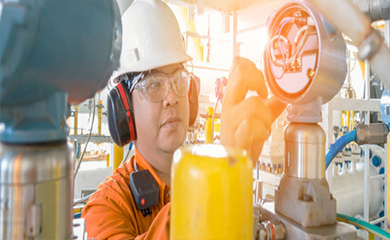
How to Calibrate a Flowmeter
Flowmeter is a kind of test equipment used to measure the flow of process fluid and gas in industrial plants and facilities. Common flowmeters are electromagnetic flowmeter, mass flowmeter, turbine flowmeter, vortex flowmeter, orifice flowmeter, Ultrasonic flowmeter. Flow rate refers to the spee...Read more -
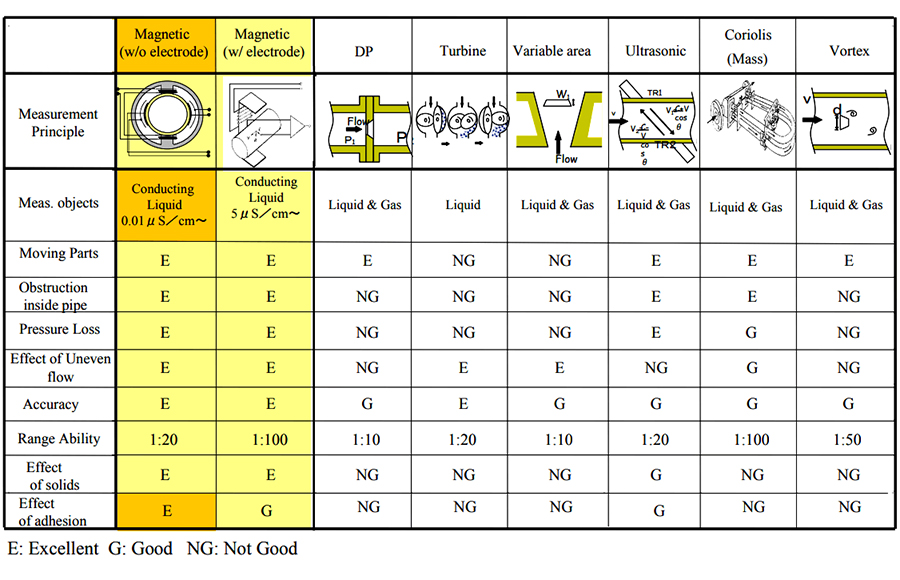
Choose the flowmeter as you need
Flow rate is a commonly used process control parameter in industrial production processes. Currently, there are approximately more than 100 different flow meters on the market. How should users choose products with higher performance and price? Today, we will take everyone to understand the perfo...Read more -
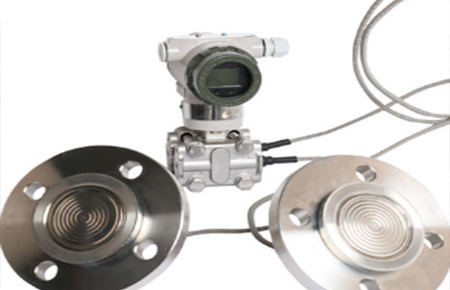
Introduction of single flange and double flange differential pressure level gauge
In the process of industrial production and manufacturing, some of the tanks measured are easy to crystallize, highly viscous, extremely corrosive, and easy to solidify. Single and double flange differential pressure transmitters are often used in these occasions. , Such as: tanks, towers, kettle...Read more -

Types of pressure transmitters
Simple self-introduction of pressure transmitter As a pressure sensor whose output is a standard signal, a pressure transmitter is an instrument that accepts a pressure variable and converts it into a standard output signal in proportion. It can convert the physical pressure parameters of gas, li...Read more -
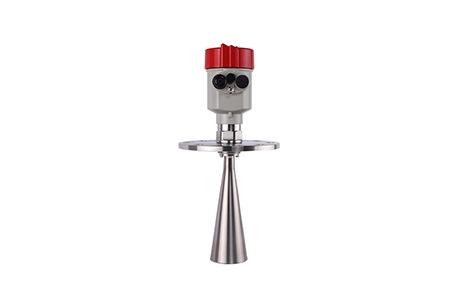
Radar Level Gauge·Three Typical Installation Mistakes
Advantages in the use of radar 1. Continuous and accurate measurement: Because the radar level gauge is not in contact with the measured medium, and it is very little affected by temperature, pressure, gas, etc. 2. Convenient maintenance and simple operation: The radar level gauge has fault alar...Read more




